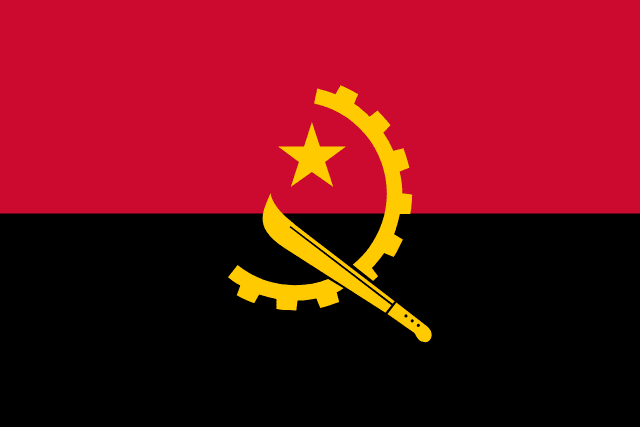Country Information
| Sovereign State | Yes |
| Country Codes | AO, AGO, 024 |
| Official Name | Republic of Angola |
| Continent | Africa |
| Capital | Luanda |
| Government Type | Unitary Presidential Republic |
| Currency | Angolan kwanza (AOA) |
| Calling Code | +244 |
| Member Of | United Nations, African Union, Southern African Development Community |
| Population | Approx. 33 million (as of 2023) |
| Total Area | 1,246,700 square kilometers |
| Highest Point | Morro de Moco (2,620 meters or 8,596 feet) |
| Lowest Point | Atlantic Ocean (0 meters or 0 feet) |
| GDP Per Capita | Approx. $3,100 (as of 2023) |
| Life Expectancy | Approx. 61 years (as of 2023) |
| Internet TLD | .ao |
Angolan National Anthem
Angola Avante!
Forward, Angola!
Revolution through the power of the People
A United Country, Freedom
One People, one Nation
Let us raise our liberated voices
To the glory of the peoples of Africa
We shall march, Angolan fighters
In solidarity with oppressed peoples
We shall fight, proudly for Peace
With the forces of progress
Victory is certain, fulfilling the ideal of Liberation
National independence, total and complete
Flags of Neighboring Countries
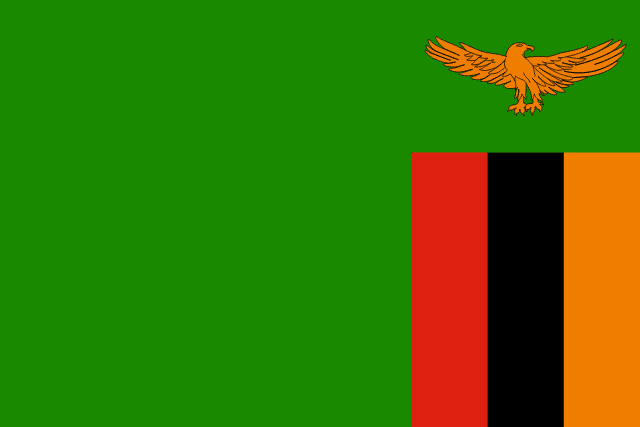
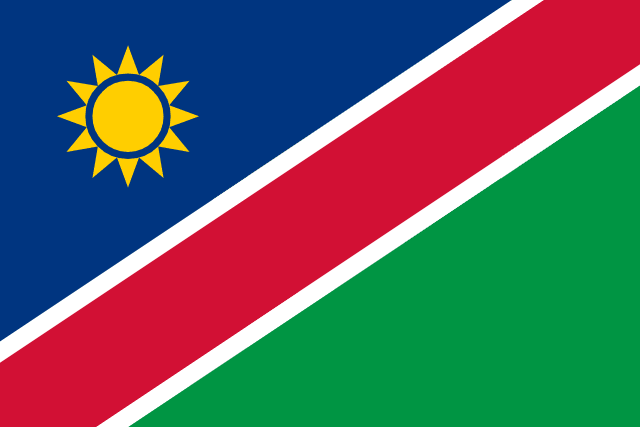
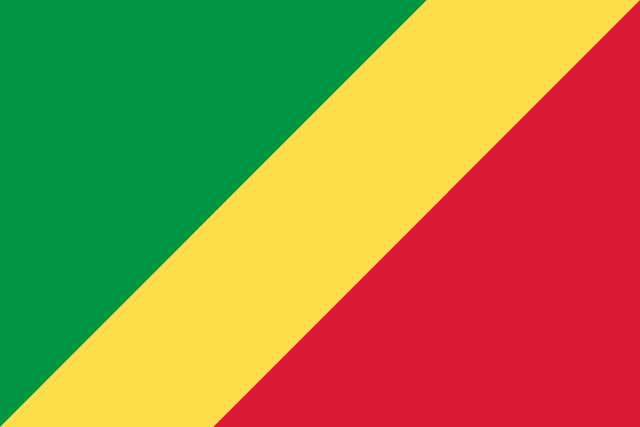
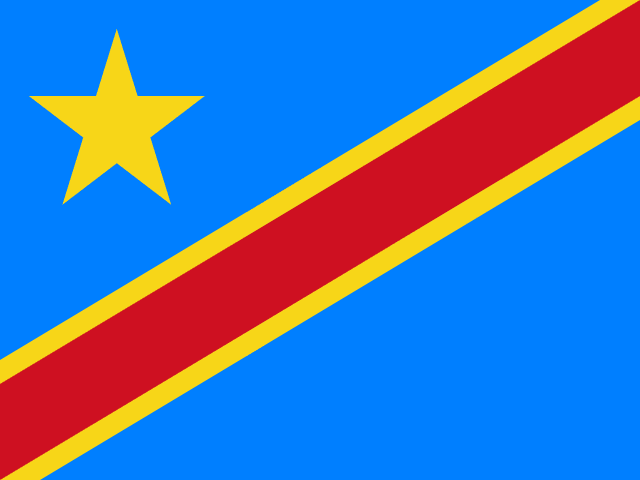
History of the Angolan Flag
The national flag of Angola, adopted at independence on November 11, 1975, is a symbol deeply rooted in the country’s struggle for freedom and its political history. Its design and colors reflect Angola’s rich cultural heritage and the political journey it has undergone.
The flag consists of two horizontal bands of red and black with a yellow emblem in the center. The red half symbolizes the blood shed by Angolans during their independence struggles, anti-colonial uprisings, and internal conflicts. The black half represents the African continent. In the center, the emblem features a gear wheel, symbolizing industrial workers and production, a machete, representing peasants, agricultural production, and armed struggle, and a star, symbolizing international solidarity and progress. The star, often associated with socialism, reflects Angola’s historical alignment with the Soviet bloc during the Cold War era.
Before the current flag was adopted, Angola, as a Portuguese colony, used the Portuguese flag. During the war of independence against Portuguese rule, several nationalist movements used different flags. The flag of the Popular Movement for the Liberation of Angola (MPLA), which later became the ruling party at independence, heavily influenced the design of the current national flag.
The flag’s design has been a subject of debate in recent years, reflecting Angola’s evolving political landscape post-independence. In 2003, there were proposals to change the flag to better represent Angola’s peaceful future rather than its violent past. However, as of 2023, the original flag design remains, serving as a reminder of the nation’s history and the sacrifices made for its freedom and independence. The Angolan flag symbolizes national pride, resilience, and the spirit of a nation that has overcome colonial rule and internal conflict to forge its path in the modern world.

